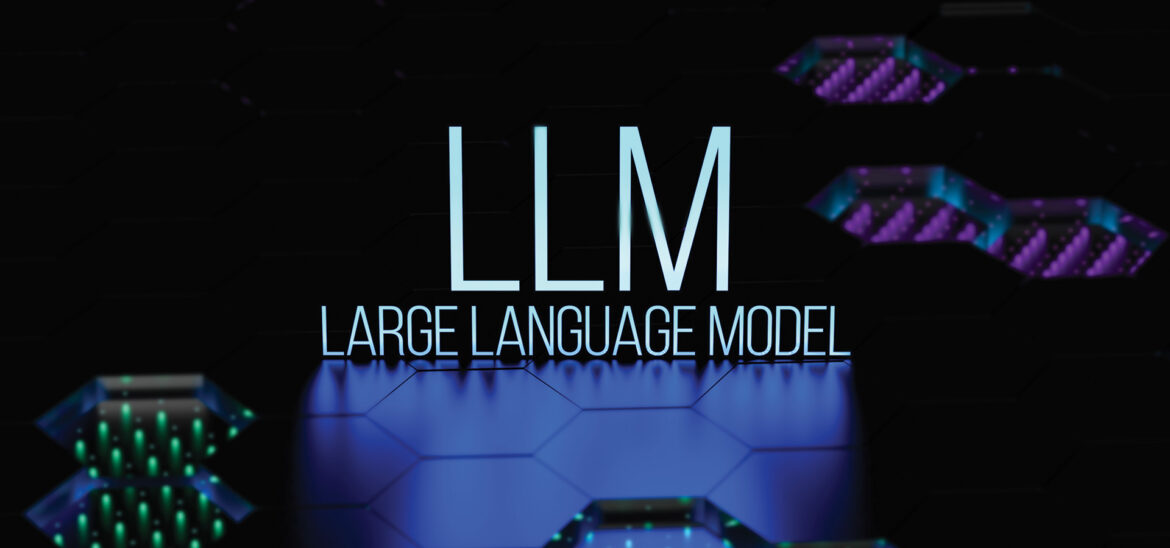In the 21st century, the advancement of large-scale natural language processing (NLP) models has become pivotal in artificial intelligence research. An exemplary illustration is the Megatron-Turing NLG model, a colossal framework boasting 530 billion parameters, meticulously crafted through collaboration between Microsoft and Nvidia. This discourse delves into the intricacies of constructing and refining such models, emphasizing the indispensable role of robust hardware infrastructure.
The distinguishing features of Megatron-Turing NLG, compared to GPT-3, lie in the augmentation of both the number of layers and attention heads, along with the overall surge in parameters. This implies that expanding the model’s scale holds the potential to enhance its performance. Nevertheless, achieving optimal performance is not solely a consequence of size but is also contingent on how the hardware infrastructure is meticulously optimized.
The most significant challenge in dealing with large-scale models lies in the capability to fit them into GPU memory and the computational time required. Confronting this challenge, researchers have resorted to employing efficient parallel techniques, harnessing the power of thousands of GPUs. A considerable supercomputing infrastructure, such as the 600 Nvidia DGX A100 nodes, plays a pivotal role in supporting the training and deployment processes of Megatron-Turing NLG and similar models.
In conclusion, the success of Megatron-Turing NLG not only underscores the prowess of the model but is also a consequence of substantial investments in hardware infrastructure. Moving forward, the development of large-scale natural language processing models will continue to hinge on the progress of both facets: hardware and software.
Tác giả Hồ Đức Duy. © Sao chép luôn giữ tác quyền





